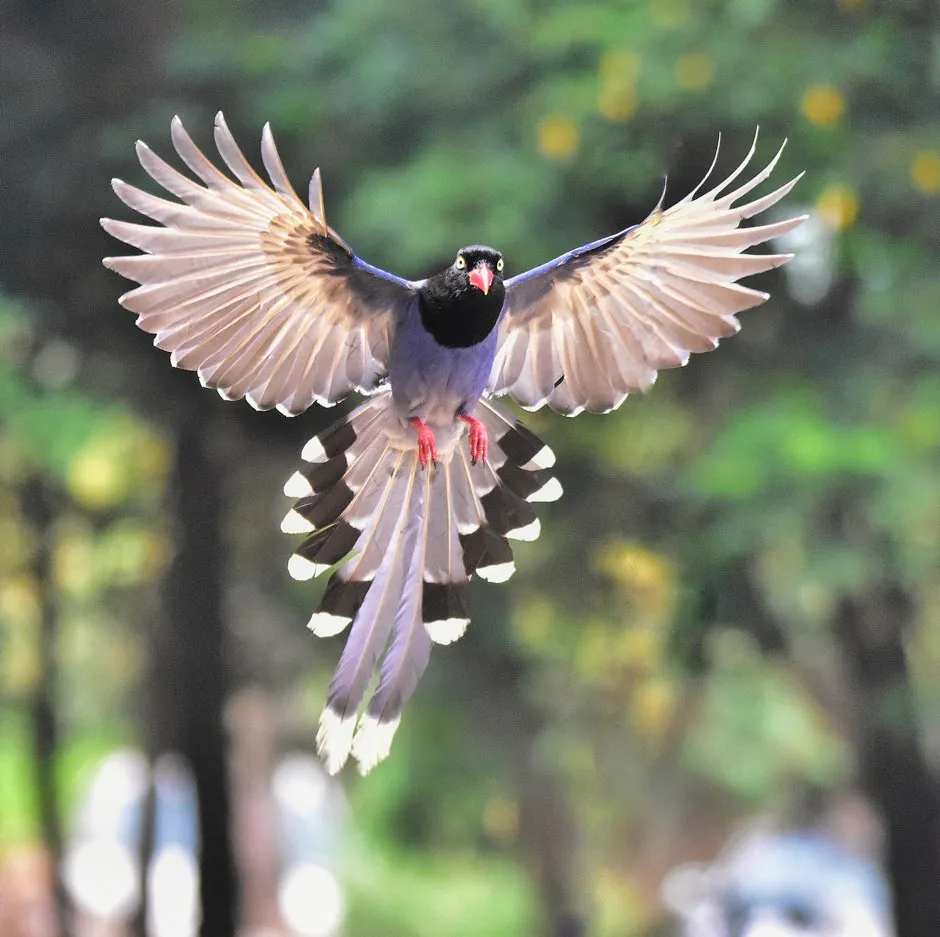Flight feathers are masterpieces of evolution, helping penguins swim, eagles soar and hummingbirds hover. Now, research from an international team led by USC scientists has shed light on how feathers developed and helped birds spread across the world.
“We’ve always wondered how birds can fly in so many different ways, and we found the difference in flight styles is largely due to the characteristics of their flight feathers,” said lead researcher Cheng-Ming Chuong. “We want to learn how flight feathers are made so we can better understand nature and learn how biological architecture principles can benefit modern technology.”
Read more about birds:
- How did birds evolve?
- Songbirds consciously control their calls
- Small-brained birds live in surprisingly complex societies
Chuong rounded up a multi-disciplinary international team consisting of experts in stem cells, molecular biology, anatomy, physics and bio-imaging to study a range of bird species with different flight styles including ostriches, sparrows, eagles, ducks, penguins, and hummingbirds.
They focused their attention on the central feather shaft and on the vane - the lateral branches running along the shaft that give the feather its shape, and examined how evolution shaped the barbs, ridges and hooks that help a feather hold its form and lock with adjacent feathers like Velcro to form a wing.
For flighted birds they found that the shaft was thinner, lighter, and filled with porous cells resembling bubble wrap, forming a light, hollow and buoyant structure to enable flight. By contrast, feathers in flightless birds were simpler, consisting of a dense cortex exterior that is more rigid and sturdy with fewer internal struts and cells found in flying birds.

Feathers found in 100 million-year-old amber in Myanmar, also known as Burma, had barbs, which were able to form a feather vane by overlapping, but not the hooklets that act like clasps to turn fluffy feathers into a tight flat plane for high-performance flight, found in modern birds.
This means that although feathered dinosaurs and early birds could form a primitive vane, it wasn’t robust enough to support flight. As more complex features evolved in the wing, feather shafts became stronger yet more lightweight, leading to the evolution of stiffer feathers and sturdier wings that powered flight to carry birds around the world.